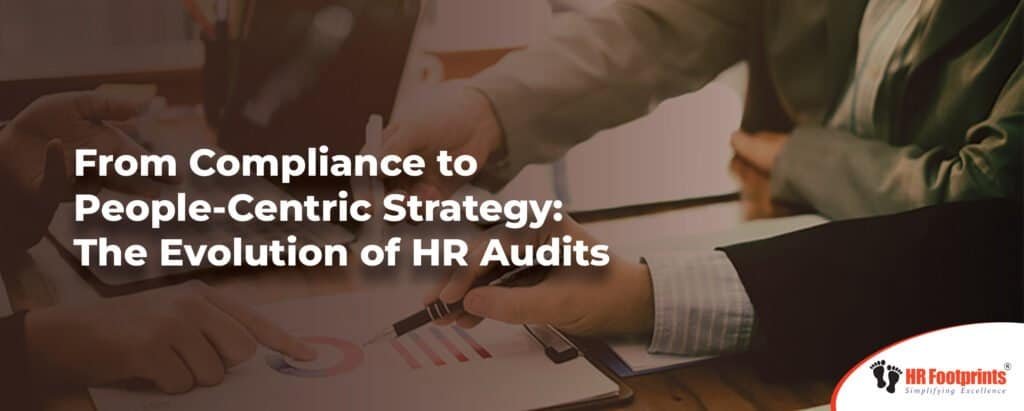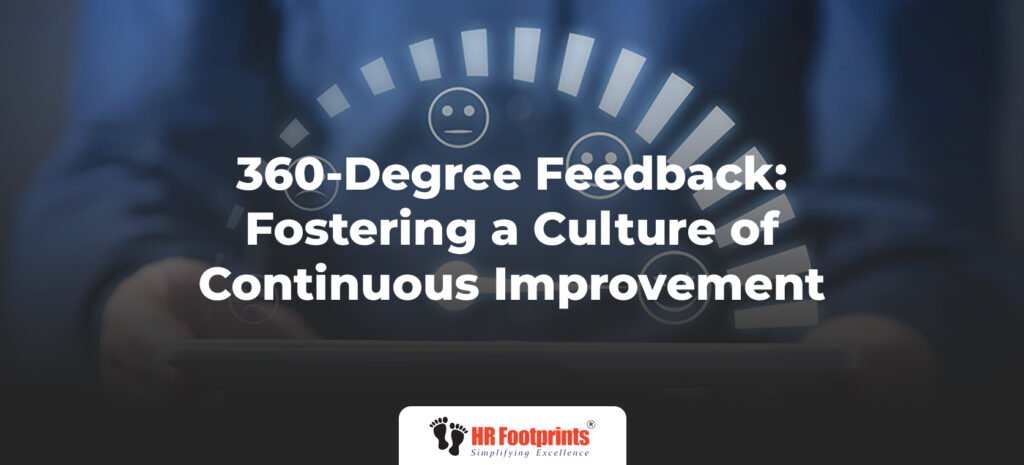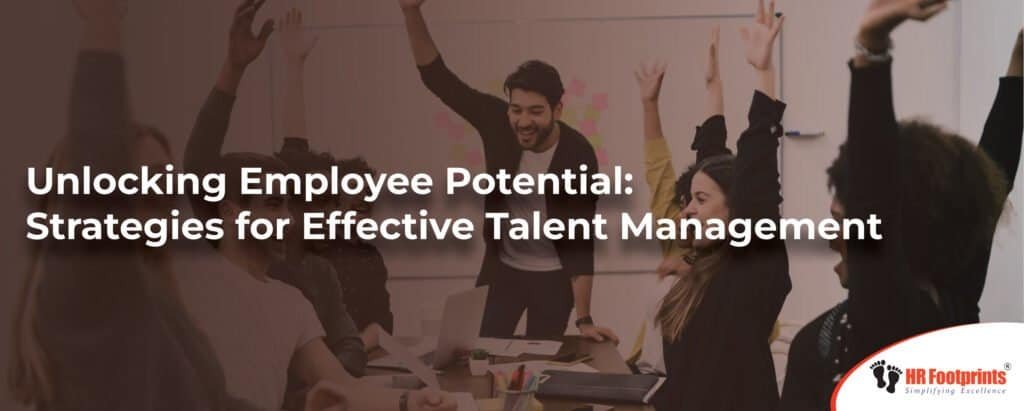In the dynamic landscape of human resources (HR), audits have undergone a remarkable evolution, transcending their traditional role as compliance checks to becoming strategic imperatives driving organizational success. Let’s embark on a journey through time to explore how HR audits have transformed over the years.
1. The Early Days: Compliance and Administration
In the early days of HR, audits primarily focused on ensuring compliance with labor laws and regulations. HR professionals meticulously checked boxes, ensuring that payroll records were accurate, employee files were up to date, and policies were aligned with legal requirements. While these audits were essential for mitigating legal risks, they often lacked strategic depth.
2. Transition to Strategic HR: Aligning with Business Objectives
As organizations recognized the strategic value of their human capital, HR audits evolved to align with broader business objectives. Instead of merely focusing on compliance, audits began to assess the effectiveness of HR practices in driving organizational success. This shift led to the emergence of strategic HR audits, which evaluated talent management strategies, employee engagement initiatives, and the alignment of HR practices with overall business goals.
3. Embracing Technology: Streamlining Processes and Enhancing Insights
The advent of technology revolutionized HR audits, enabling greater efficiency and deeper insights. Spreadsheets and manual processes gave way to sophisticated HR information systems (HRIS) and data analytics tools. Automation streamlined audit processes, while analytics provided HR professionals with valuable insights into workforce trends, performance metrics, and areas for improvement. Technology empowered HR audits to move beyond hindsight and embrace predictive analytics, enabling proactive decision-making.
4. People-Centric Approach: Prioritizing Employee Well-being and Engagement
In recent years, HR audits have adopted a more people-centric approach, recognizing that organizational success hinges on the well-being and engagement of employees. Audits now assess not only compliance and efficiency but also factors such as workplace culture, diversity and inclusion initiatives, and employee satisfaction levels. By prioritizing the human element, organizations can create a positive work environment where employees thrive, driving productivity and innovation.
5. Continuous Improvement: Learning and Adapting
The journey of HR audits is one of continuous improvement. Organizations must embrace feedback, learn from past experiences, and adapt to changing circumstances. Whether it’s incorporating employee feedback into HR policies or leveraging emerging technologies to enhance audit processes, the key is to remain agile and responsive to evolving needs. Continuous improvement isn’t just a goal; it’s a mindset that drives HR audits forward.
6. Future Trends: Predictive Analytics, AI, and Beyond
Looking ahead, the future of HR audits holds even more promise. Predictive analytics will enable HR professionals to anticipate workforce trends and proactively address challenges. Artificial intelligence (AI) will automate routine tasks, freeing up time for strategic initiatives. Additionally, advances in data privacy and security will ensure that audits remain compliant in an increasingly complex regulatory landscape. As technology continues to evolve, HR audits will evolve with it, driving greater efficiency, effectiveness, and value for organizations.
In conclusion, the evolution of HR audits signifies HR’s transformation from a transactional to a strategic partner. From compliance checks to strategic imperatives, HR audits shape how organizations manage their most valuable asset: their people.
Thinking about conducting an HR audit for your organization? Let’s connect! Reach out today and take the first step towards enhancing your HR strategies!
Ready to transition from basic compliance to a people-centric HR strategy?Let’s work together to create a dynamic and supportive workplace that focuses on your most valuable asset—your people.





